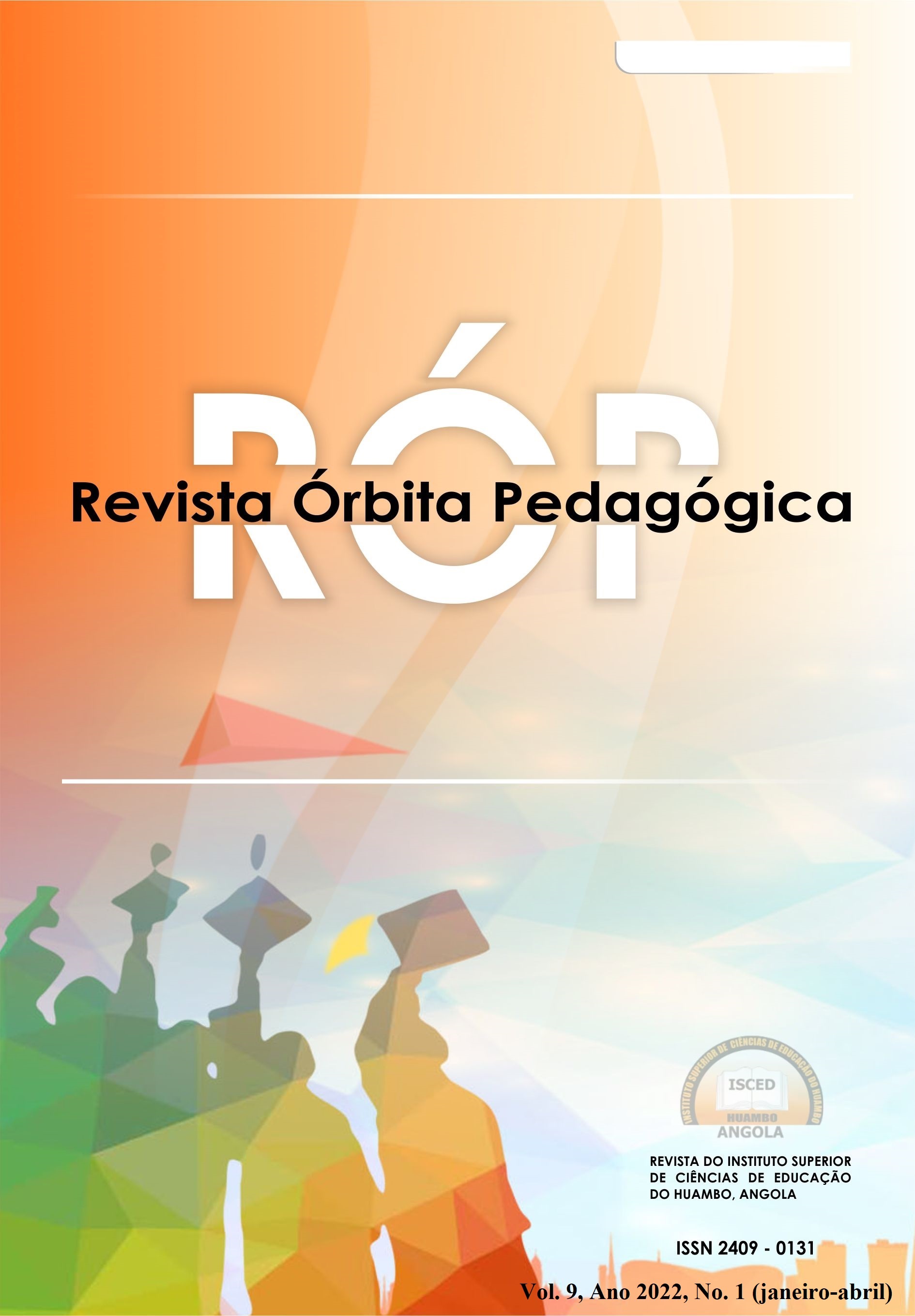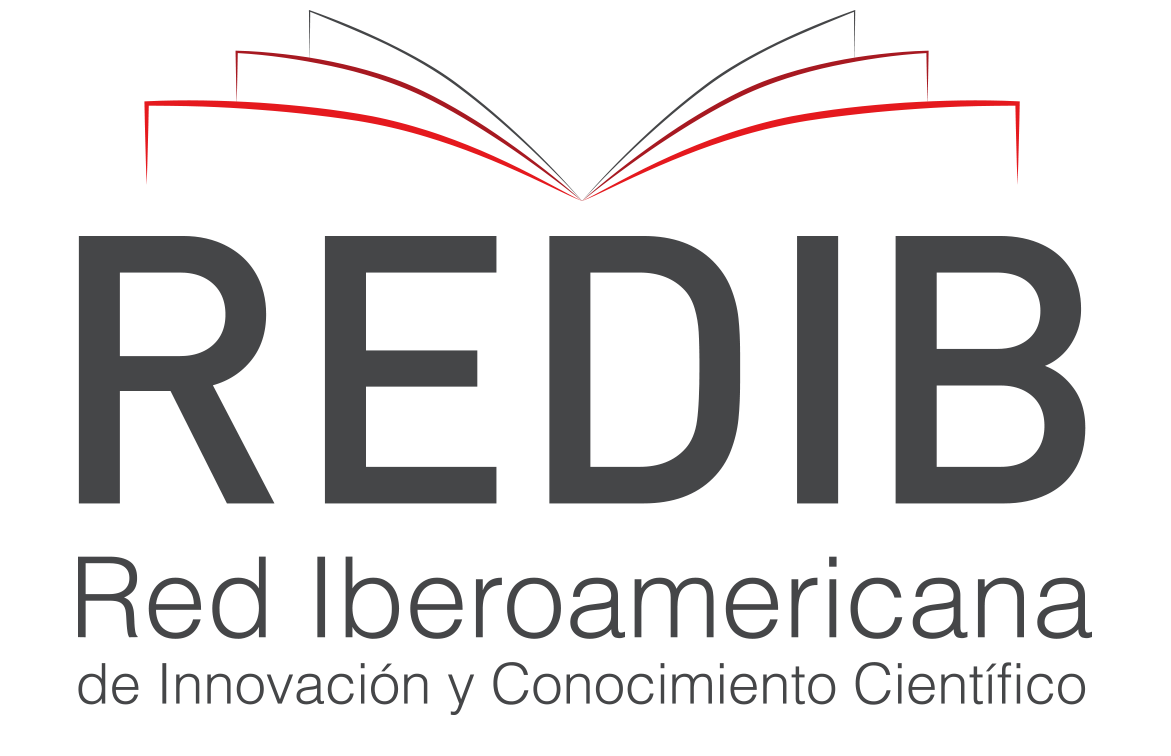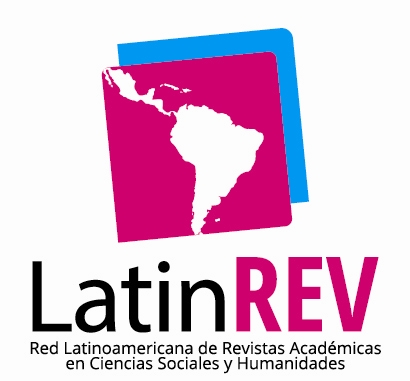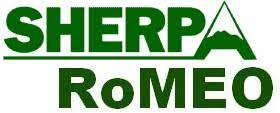Methodological strategies for the improvement of creativity and innovation of high school students
Keywords:
Methodological strategies, creativity, innovation, Entrepreneurship.Abstract
In Ecuador, the curriculum for the subject of entrepreneurship and management includes several subjects, including one from the area of interdisciplinary knowledge, therefore, teachers must use methodological strategies to increase the stock of knowledge in students that will allow them to carry out analyzes to create new ventures or innovations to existing ones, the research aims to answer the question: Does the methodological strategy serve to significantly enhance creativity and innovation, which is reflected in the achievement of students? For this, a methodology was used with a quantitative approach, with an explanatory level and a longitudinal cut, since two measurements were made, one initial and one final, of the use of the management and entrepreneurship subject, for which a random sample was taken by strata of the student population of the Unified General Baccalaureate of the Captain Galo Molina Educational Unit this was 38 students to whom the initial diagnosis was made, the methodological strategy was applied and for the final evaluation the students presented their work through the open house technique with which it was qualified obtaining the final grade with this a comparative analysis was carried out through the z statistic, after that a survey was carried out to determine the entrepreneurial intention of the students concluding that It can be affirmed that the methodological strategy has been successful and that the results obtained reflect a high degree of creativity and innovation by part of the students.
References
Acosta, F. (2021). Diversificación de la estructura de la escuela secundaria y segmentación educativa en América Latina. www.cepal.org/apps
Beltran, G. (2017). Proyecto de emprendimiento. https://dspace.ups.edu.ec/bitstream/123456789/5649/1/Proyectos de Emprendimiento .pdf
Castillo, A. (2020). Principios de administración. http://www.ingenieria.uaslp.mx/Documents/Apuntes/Principios de Admón.pdf
Diccionario de la Real Academia Española. (2021). Innovar. https://www.rae.es/drae2001/innovar2/8
Diccionario de Oxford. (2017). Creatividad. https://www.creatividad.cloud
García, J. (2014). Contabilidad de costos. Editorial Mc Graw Hill/ Interamericana editores, 4ª. edición. México.
Hansen, D. Mowen, M. (2006). Cost Management. Accounting and Control. Fifth edition, Ed. Thomson. United States of America.
López Díaz, R. A. (2017). Estrategias de enseñanza creativa: investigaciones sobre la creatividad en el aula. http://biblioteca.clacso.edu.ar/Colombia/fce-unisalle/20180225093550/estrategiasen.pdf
Ministerio de Educación. (2016). Guía emprendimiento y gestión. https://educacion.gob.ec/wp-content/uploads/downloads/2017/02/Guia-de-implementacion-del-Curriculo-de-Emprendimiento-y-Gestion-BGU.pdf
Montoya, A., & Escudero, C. (2015). Creatividad, innovación y emprendimiento dentro de las empresas: Análisis y diagnósticos de los factores internos. https://repositorio.comillas.edu/rest/bitstreams/5833/retrieve
Mora, P. (2022). Manual práctico para emprendedores. https://ccq.ec/wp-content/uploads/2019/01/Instructivo-legal-práctico-para-emprendedores-DEF..pdf
Ochoa, F. (2017). Registro único de contribuyentes como instrumento de control de actividades económicas. http://dspace.ucuenca.edu.ec/bitstream/123456789/872/1/a81.pdf
Paternina de la Osa, J. (2018). El emprendimiento escolar, una estrategia de identificación de talentos excepcionales. Espacios, 39. http://www.revistaespacios.com/a18v39n49/a18v39n49p05.pdf
Peñaherrera, M., & Cobos, F. (2012). La creatividad y el emprendimiento en tiempos de crisis. Revista Iberoamericana Sobre Calidad, Eficacia y Cambio En Educación, 10(2), 238–147. https://www.redalyc.org/pdf/551/55124596016.pdf
Reyes, J., & Hidalgo, A. (2020). Actitud emprendedora desde una perspectiva digital. DIgital Publisher, 1, 90–106. https://doi.org/doi.org/10.33386/593dp.2020.5-1.326
Rodríguez, J. (2015). Estrategias de enseñanza utilizadas por los docentes en la educación media superior. http://www.comie.org.mx/congreso/memoriaelectronica/v11/docs/area_15/2405.pdf
Saldarriaga-Zambrano, P., Bravo-Cedeño, G., & Loor, M. (2016). La teoría constructivista de Jean Piaget y su significación para la pedagogía contemporánea. Dominio de Las Ciencias, 2, 127–137. file:///C:/Users/user/Downloads/Dialnet-LaTeoriaConstructivistaDeJeanPiagetYSuSignificacio-5802932.pdf
Sarrate, M. L., García, J. L., & Pérez, G. (2015). Exigencias profesionales del animador/a: Competencias clave. Pedagogía Social Revista Interuniversitaria, 1723(22), 75–89. https://doi.org/10.7179/PSRI
Saucedo, H. (2018). Medición de la intención de emprendedores universitarios empleando ecuaciones estructurales. Investigación & Negocios, 52–63. http://www.scielo.org.bo/pdf/riyn/v11n18/v11n18_a06.pdf
Thompson, I. (2020). Definición de Investigación de Mercados. https://www.promonegocios.net/investigacion-mercados/definicion-investigacion-mercados.html#:~:text=Según Naresh Malhotra%2C la investigación,de mercadotecnia%22 %5B1%5D.
Torres, A. (2010). Contabilidad de costos. Editorial Mc Graw Hill /Interamericana editores 3ª. edición, México
Universidad Católica Boliviana San Pablo Bolivia. (2007). Origen y desarrollo de la administración. Perspectivas, 20, 45–54. https://www.redalyc.org/articulo.oa?id=425942331004
Villamar, A., & Guerrero, C. (2022). La interdisciplinariedad como eje transversal en la enseñanza de la asignatura de emprendimiento y gestión: Estrategia de aplicación (pp. 1–10). https://www.pedagogia.edu.ec/public/docs/fb9e32f1fe96869a4d47fc4e03fbf759.pdf
Downloads
Published
How to Cite
Issue
Section
License
Copyright (c) 2022 Iseth Paola Cedeño Bustamante, Silvia Rosa Pacheco Mendoza

This work is licensed under a Creative Commons Attribution-NonCommercial-ShareAlike 4.0 International License.

















